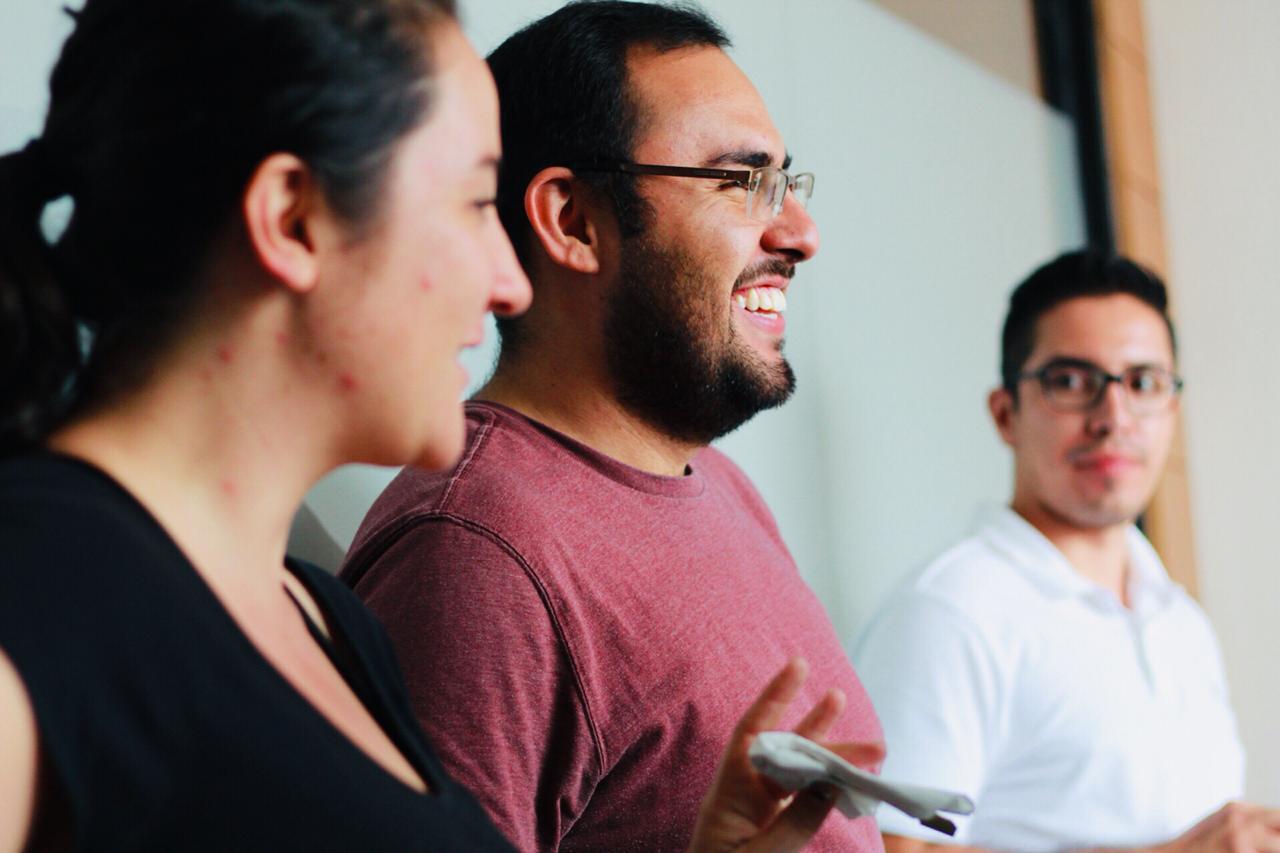
Unconstant doesn’t mean disloyal: The new customer focus based on behavior and feedback
- Inteligencia de Negocios, Marketing, Ventas
- 05/11/2018
About two months ago I ordered a pizza with other friends to eat at home, we agreed we were having a pepperoni and pepper pizza because we love spicy food, simple. Anyway, the pizza arrived *finally* and well, each of us took a piece and grabbed a bite. «Choking» was the word everyone was trying to say but no one was able, and a glass of water the strongest desire. It was the spiciest thing I’ve ever tried in my life, the chef basically placed all the pepper seeds in our food which made it impossible to eat. Even the Indian guy and myself were crying, just to put you in perspective. You can imagine what happened later, we obviously called them and requested to talk to the chef just to advice him not to do this again in any further order and, if they were able to send someone to bring us another pizza, paid by us, and also check the first one, so they could verify it was uneatable. Even when we were nice to them, they refuted our affirmation and were incredibly rude, so…
Now that you know my funny story, have you heard about the «Moment of truth»?
If you have heard of it, good, if not, the next paragraph has the answer.
The customers’ own experiences–each time they experience a product or service, deciding whether that experience is great, neutral or terrible.
The experiences of other customers–each time they hear something about a company, whether it’s great, neutral or terrible.
There is obviously a strong connection between these two inputs, and every business, depends on both. Anyway, let’s forget about the theory, in my case, my experience was terrible and what other customers will hear from me and my friends is that the company is bad, and they should feel bad for it.
An exceptional experience leads to strong word-of-mouth recommendations.
As for products, consumers can now easily share their product or service reviews, and interact with other people’s reviews, even if they don’t know each other. Customer satisfaction is immediately public, for example social media and my favourite, Google Reviews which affects the position of the company based on the reviews it gets, just like the pizza place lost 3 spots in the Google Search page after my friends and I reviewed the company. Nowadays, the consequence is immediate.
We are in the age of commerce and service transparency.
Customer focus is the key for every market, product, service, setting prices and promotion. Listen to what your customer has to say will give you tools to develop and deliver a memorable quality service automatically. Creating relevant, good experiences has to be a priority in all aspects of an organization’s value chain, not just sales, they’ll come eventually. The customer focus can be reached by gathering and analyzing useful and concrete customer feedback, track their activity and change what needs to be changed based on this, as simple as putting less pepper to a innocent pizza in the future and apologyzing with your customer for a small mistake.
«Valuable customer feedback can come in many forms, but the most valuable one is the one we can get personally. Why is that? Not all customers are willing to reach out and say what’s on their mind»
You have to make your customers talk and express themselves, only 4% of dissatisfied customers will complain, and the average customer with a problem eventually tells nine other people, according to a research by Omar Minkara from Aberdeen Group in 2013, and a lot of this customers weren’t even clients, they weren’t being constant, what leads me to explain how acquisition and retention are perceived today.
There are two interesting approaches of how to measure customer acquisition and retention, the simple retention model, and the Markov migration model. The simple retention model covers acquisition, retention and resignation, basically, sounds like when we are told that we just live, grow, reproduce then die. Very simple in my personal point of view. The migration model is like buying constantly a coffee in Starbucks for 2 weeks in a road, then you stop for «x» time, and resume your personal consume after that, like those annoying couples that broke up and then come back together over and over, all the time. (Dwyer 1989; Berger and Nasr 1998; Blattberg, Kim, and Neslin 2008). But, Starbucks is having a great time as the largest coffeehouse in the world, proving all the time that customers are willing to pay more for a better service, so we can propose the theory that having a (re)acquired customer is not a bad thing, times have changed, the public is in a constant variety seeking. «If you love something let it go, if it comes back to you, it’s yours, if it doesn’t it never was»
The trick is that you, as a company, have to make sure that those beloved customers will come back to you by giving them something unique and worth to keep consuming. The present value of the future cash flows is attributed to the customer relationship.
In this days, customer service and marketing procedures should involve more than just having a call, answering a mail, filling a complaint, etc. Companies today are interacting a lot with their customers, they trow social media content and let their customers interact with it, then they pick useful comments from the page and work on them. Marketing and IT have to work closer than ever, new businesses have to be built on analytics roots, information focused on the customer and their actions, which will give Marketing the power to take more accurate decisions when developing the product/service. Actions and improvements based on customer needs will increase engagement and impulse differentiation from competitors.
The point is that every company has to have a culture based on constant improvements and changes, transformation, adaptation. Interaction with the customer in all the way possibles is a must, this will create the necessary empathy from both sides, your customer will be aware that you work for him/her and you employee can understand the customer expectations and what can he/she do to achieve them. For example, Facebook’s strategy of posting photos of their employees in their SEOmoz page showing the human side of their success, or the new Revo Build Series from Acer, a PC that you can build like a Lego, similar to Google’s Project Ara. From the 5 star rating to more elaborated things like the Net Promoter Score, or maybe those common polls to upload pictures of them consuming your product, anyway, there are plenty of actual strategies but if I mention more I won’t finish this post. Companies are yelling «Dear Client, is up to you».
The goal is aim those experiences with your ambitions to determine the market, focus and approach you need to take for your organization. Your customers have to interact and nurture your business practices.
The perfect match of today quickly moves out of synch with customer needs, loyalty is too much this days and companies have to get used to this, but keep working on find the black gold over and over again to ensure presence, innovation and off course, sales.
Ensure a positive «MOMENT OF TRUTH».
Businesses should be at the right place (virtually or physical), with the right message or offer, at the right time every time.
This is a personal opinion on how I perceive the actual market, feel free to sum up with your opinion or, correct any grammar mistake if you see it, any feedback and suggestion is welcome.
Cheers.
Gerardo Torres.


